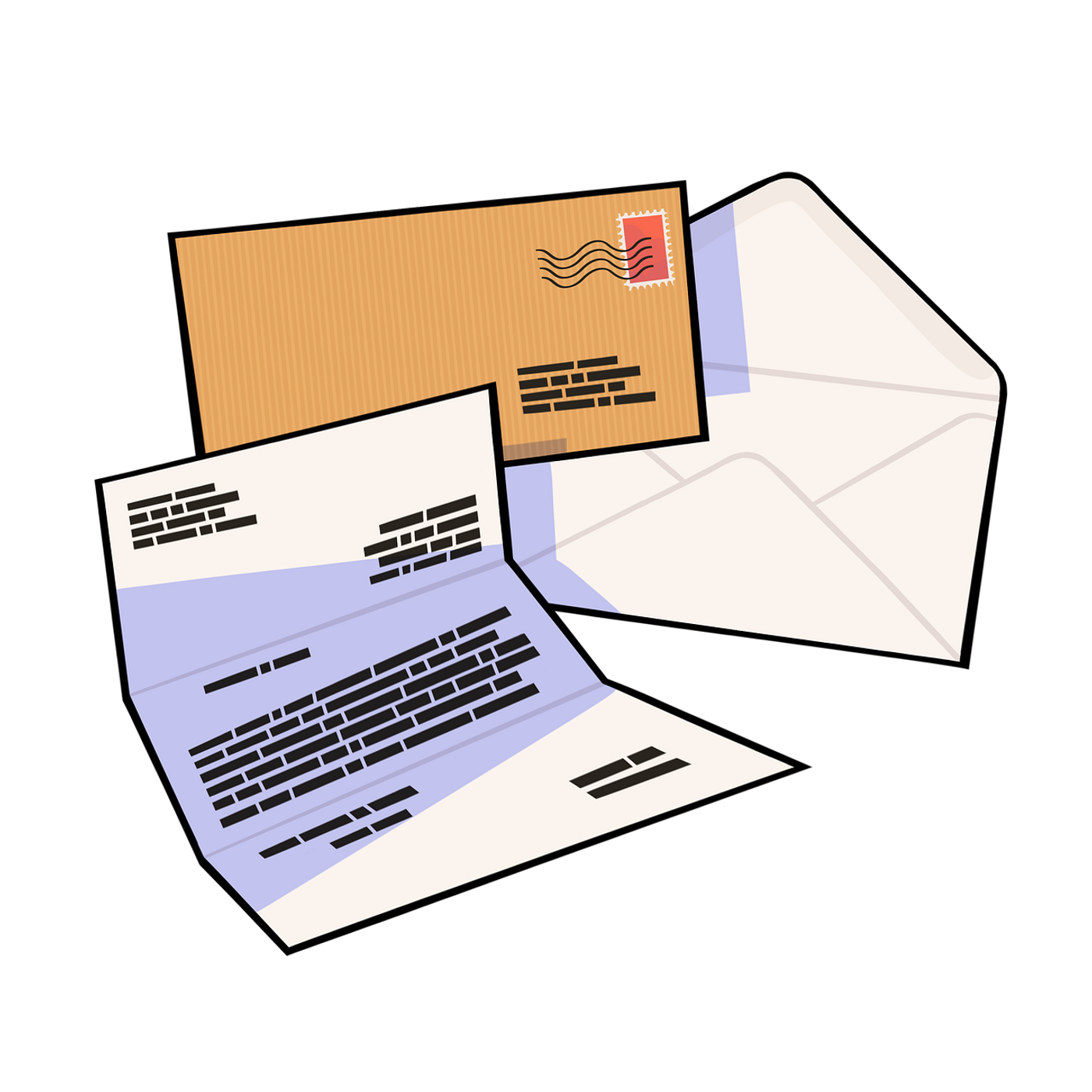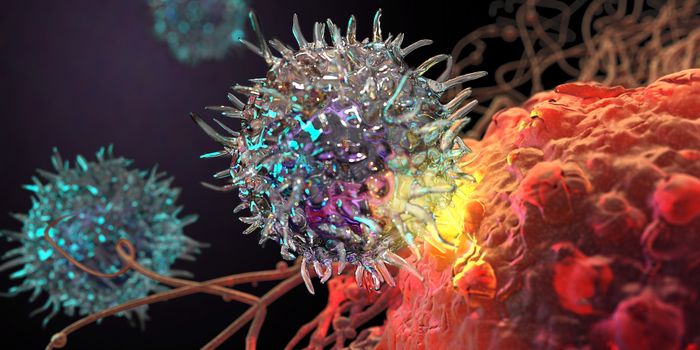Mailed Outreach Improves Liver Cancer Surveillance Rates
The most common type of adult liver cancer, hepatocellular carcinoma (HCC), accounts for about 90% of liver cancer diagnoses. HCC presents a significant clinical challenge globally; experts expect cases to exceed 1 million annually by 2025.
Most HCC cases occur in patients with liver cirrhosis, a condition characterized by tissue scarring that prevents the liver from normal functions. Cirrhosis can progressively worsen and, in some cases, lead to liver failure. Further, cirrhosis can arise from a variety of causes, including chronic hepatitis, excessive alcohol use, or nonalcoholic fatty liver disease.
Because cirrhosis presents such a strong risk factor, guidance recommends surveillance with biyearly abdominal ultrasounds for individuals with cirrhosis. Surveillance increases the chances of early HCC diagnosis, giving patients more viable treatment options. However, HCC surveillance rates remain low, even among high-risk cirrhosis patients with health insurance. This presents a notable opportunity to increase early diagnosis by encouraging surveillance of high-risk individuals, including those with cirrhosis.
A recent study in Hepatology Communications has addressed this opportunity by evaluating the effectiveness of mailing outreach materials to high-risk individuals and providing them a $20 incentive. The researchers identified patients with cirrhosis. In addition, the patients selected for the study had made at least one visit to a doctor specializing in liver disease within the past two years and had not undergone surveillance in at least seven months.
The study included 562 patients with an average age of 62, whom the researchers randomized into three groups. About half of the patients (56.8%) were male, and about half (51.1%) had Medicare. The first group (116 patients) received standard care, including an offer from a doctor during a routine office visit. Patients in the second group (224 patients) received a letter in the mail with a physician-signed order for an ultrasound and information explaining the benefits of surveillance for patients with cirrhosis. The third group (222 patients) received the same signed order and information in the mail and also received a $20 unconditional inventive, which the patient could keep whether or not they went for the ultrasound.
Six months after the mailing, 27.6% of patients in the standard care group had completed an ultrasound. However, more than half the patients who received a mailing with an order for the ultrasound responded! Further, in this subset of patients, the $20 incentive had little effect as 54.5% of patients mailed the order alone had an ultrasound, and 54.1% of patients receiving the order and incentive underwent an ultrasound.
The study indicates that healthcare professionals could favorably influence HCC surveillance rates by implementing programs to send ultrasound orders to high-risk patients. The authors suggest that the mailing strategy provided a “nudge” to remind the patient about the test. The researchers also note that pre-ordering ultrasound tests benefit both the patient and the healthcare team. Patients save time by not having to obtain a signed order themselves, but the clinicians who would generally write each individual order also save time if large subsets of patients receive pre-ordered scripts.
Sources: Nature, Am J Gastroenterol, J Natl Cancer Inst, J Clin Gastroenterol, Hepatol Com









